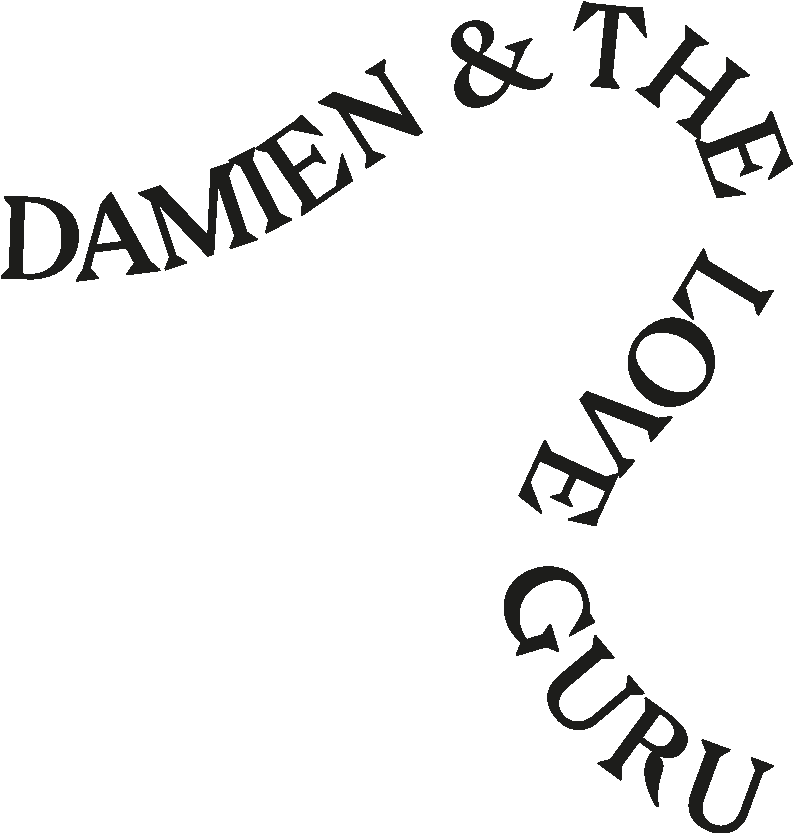Vanessa Disler
Here On Earth

Rules of the Game
2024
Acrylic, graphite, pastel, chalk on canvas
157 × 211.5 cm
Damien & The Love Guru is pleased to present Here On Earth, a solo exhibition of recent paintings and drawings by Berlin-based artist Vanessa Disler. Exploring principles of repetition and variation, each of Disler’s paintings are based on graphite drawings she refers to as Sleep Scripts. Created during a period in which she returned to drawing, a foundational element of her practice, for inspiration, Disler uses them as guides through which to create a visual grammar and vocabulary, improvising around them and allowing their “energy signatures” to structure her strokes and gestures on canvas. This improvisatory process, the temporal nature of her works’ titles which also refer to movement—Notes on Time, Rules of the Game, and November Return—and their focus on repetition and variation, align Disler’s practice with dance and choreography.
Repetition is a grounding principle of the physical art form: dancers relentlessly repeat the same exercises in daily technique classes, practicing the building blocks of the physical languages they specialize in—whether that’s ballet, Kathak, Cunningham technique or hip-hop. They repeat the same choreographies again and again in rehearsal, perfecting material for performance. Then, when said choreographies go on tour, dancers repeat the same show night after night, striving to consistently deliver engaging experiences to audiences in different locations.
While dance is founded upon repetition, it is rarely repetitive. Why? Because with every repetition in dance, there are countless possibilities for variation. One of the best examples of this is structured improvisation—a practice in which dancers follow set “scores” but can interpret them in different ways each time they perform. (Disler’s Sleep Scripts, then, can be understood as these kinds of improvisational scores.) Yet variation is even possible in fully set choreographic works, as dancers can endlessly explore rhythm, movement quality, and emotional expression within defined frameworks.
For example, American postmodernist choreographer, Trisha Brown’s (1936–2017) 1983 work Set and Reset, was based on one phrase of movement exploring the concept of 45- and 90-degree angles in the body. The original cast of dancers created the piece by improvising collectively, using only the movements from Brown’s material. By doing so they demonstrated the endless possibilities that can emerge from a restricted vocabulary of movement.
Disler’s Sleep Scripts and the subsequent paintings they provoke similarly work with a restricted vocabulary, featuring repeated loops, scribbly ovals and aggressive crosses that belay the motions that created them. In most of them, Disler draws a notebook-shaped rectangle around the edge of the material, and sometimes even incorporates ruled lines into the composition. By doing so, she demarcates the space she is going to explore with gestural motifs and symbols, as well as her own body.
As such, there’s a dance-like physicality to Disler’s painting process. She lays her large-scale canvases—the largest are based on the dimensions of a king size duvet, while smaller ones relate to other bodily dimensions such as that of a head or torso—on the ground, soaks them with water, then stains them with acrylic paints. She then moves across them on her knees, utilizing hands, sponges and house paint brushes taped to broom sticks to make marks, allowing her breath to guide her before working with a graphite stick. This embodied relationship with the canvas and her materials also links back to Brown. Both a choreographer and visual artist, she is quoted as saying that when drawing she didn’t “just come in with[her] holsters loaded with charcoal.” She got involved in “the mystery of space” and had “the same adrenaline and heartbeat as [she entered] the paper as [she] did going on stage.”
Disler’s marks, whether across the page or canvas, exist between intelligible language and abstraction, suggesting that the line between the two is more permeable than one might think. This is particularly true of those that are long, looped and winding like joined up handwriting. On the one hand, Disler draws inspiration from language systems such as Arabic calligraphy, which can be regarded as both a method for communication as well as a highly refined abstract art form. On the other, she infuses humanity, playfulness, and subjectivity into abstraction.
In the 2011 documentary Forgotten Memories, Czech choreographer Jiří Kylián said, “there is such a thing as abstract dance… if you put a human being on the stage who has feelings and loves and hates and has experiences… what’s abstract about it?” The same could be said for Disler’s recent work. Though abstract in form, it is grounded in deeply human and physical processes. It communicates with the viewer, allowing them to travel back in time, imagine its point of creation, and experience the living energy embedded within.
— Emily May








2024
Graphite on paper
42 × 59.4 cm
54.5 × 72 × 4.7 cm (framed)

2024
Graphite on paper
42 × 59.4 cm
54.5 × 72 × 4.7 cm (framed)

2024
Graphite on paper
42 × 59.4 cm
54.5 × 72 × 4.7 cm (framed)

2025
Acrylic, graphite, charcoal on canvas
257 × 225 cm

Additional view

Detail

Detail

2023
Acrylic, graphite on canvas
257 × 273 cm

Detail

Detail

2024
Acrylic, graphite, pastel, chalk on canvas
157 × 211.5 cm

Detail

Detail
